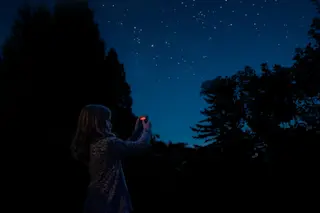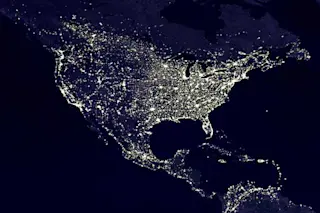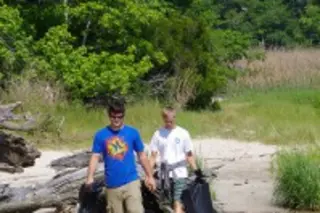Citizen scientists are collecting environmental and health data, and reminding us of the complex relationship between our environment and ourselves. In an article published earlier this year, by Lin et al., the researchers argued that international trade plays a significant role in the distribution of air pollution. In fact, Discover's Jul/Aug print edition will feature an article about the study (see: "America Outsourced Jobs, But Not Air Pollution") reporting that exports to America account for 21% of China's air pollution related to goods made for export. Looking at the relationships between production of goods for trade and air pollutant emissions in China, and how those pollutants are globally distributed, has some interesting but perhaps unsurprising results. The United States, for example, sees pollutants from China, a country that produces more anthropogenic air pollution than any other, distributed over western states. While the United States, other western nations, and Japan have ...
AirCasting: Distribution of Air Pollutants and Grassroots Monitoring
Explore how citizen scientists are gathering environmental health data to highlight pollution impacts globally and locally.
More on Discover
Stay Curious
SubscribeTo The Magazine
Save up to 40% off the cover price when you subscribe to Discover magazine.
Subscribe










